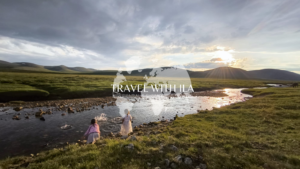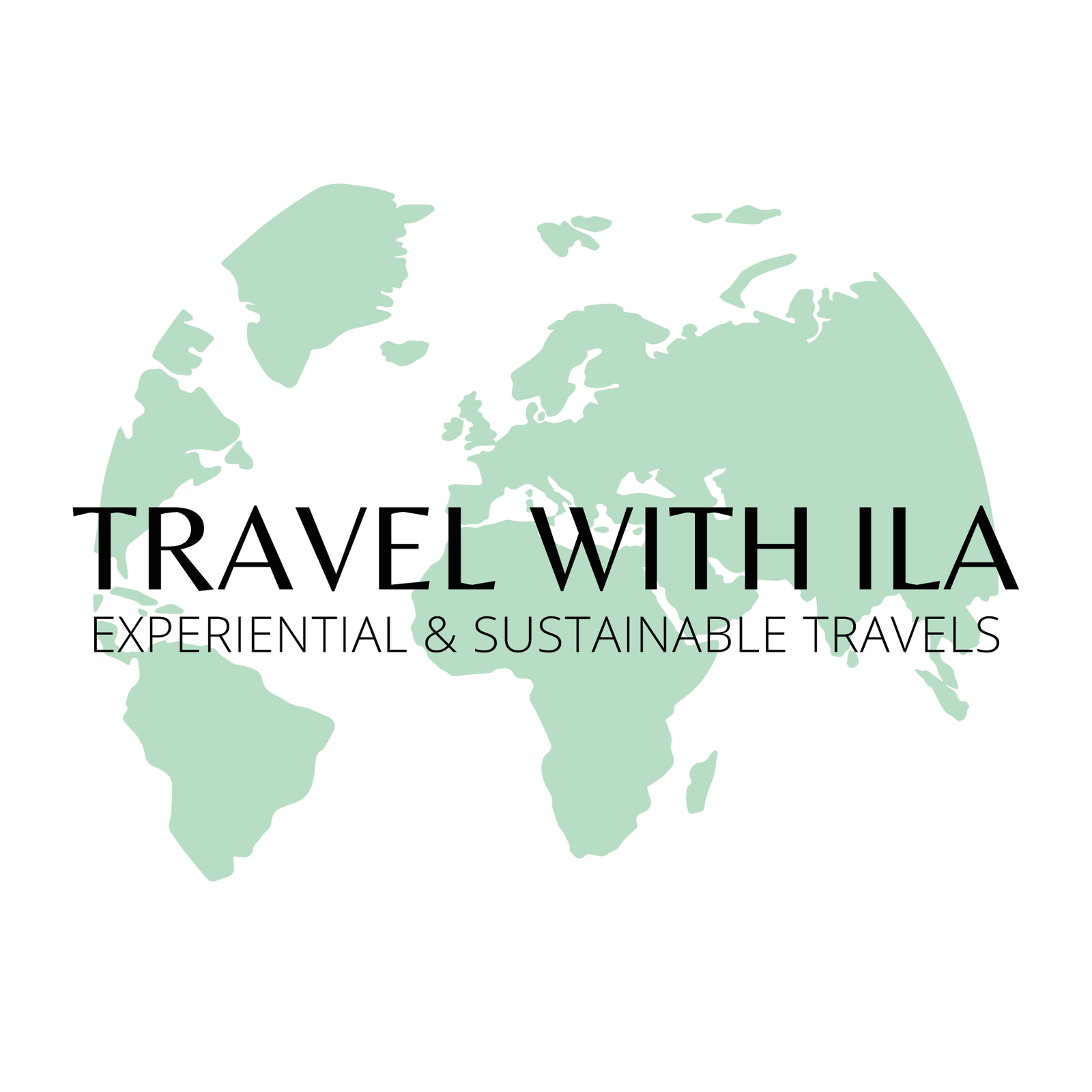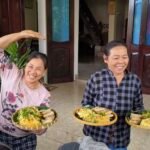The Tsaatan of Mongolia: The Nomadic Life in the Northern Taiga



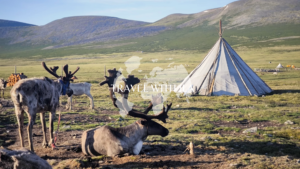
Deep in the Mongolian taiga, amidst dense forests and remote landscapes, lives one of the most fascinating and isolated nomadic communities in the world: the Tsaatan. This small ethnic group, consisting of only a few hundred people, has a lifestyle deeply connected to nature and to one extraordinary animal: the reindeer.
My journey through Mongolia took me to the northernmost reaches of the country, near the Siberian border, where the Tsaatan continue to practice a way of life centered around reindeer herding, passing down their ancient knowledge and traditions from generation to generation.
A Journey Through Time: The Last Reindeer Herders
The Tsaatan are among the last remaining nomadic groups in the world who rely entirely on reindeer, not only for transportation but also for milk, meat, and hides, which are essential for their daily survival. They live in wooden tipi-style tents, similar to those of the indigenous peoples of Siberia, adapting to extreme climatic conditions, where winter temperatures can drop as low as -50°C.
Their existence is dictated by the rhythm of the seasons: in winter, they move to more sheltered areas to protect their reindeer from the harsh cold; in summer, they migrate to open pastures in search of better grazing grounds. Every movement is done on horseback or with the help of reindeer, traversing untouched landscapes, far from any modern infrastructure.
Spending a few days with them means stepping into a world where time seems to stand still, where the connection to nature is absolute, and where life follows a rhythm completely different from what we are used to.
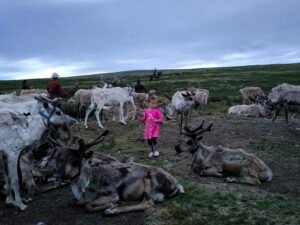
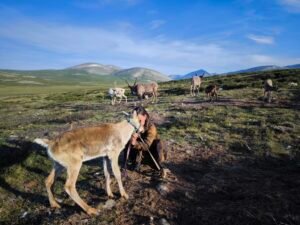
Hospitality and Traditions: A Unique Experience
One of the most unforgettable aspects of my journey was the hospitality of the Tsaatan. Despite the hardships of life in the taiga, this community welcomes visitors with extraordinary warmth and generosity.
I had the opportunity to take part in their daily activities: milking reindeer at dawn, playing volleyball with them, spending time in the children’s tent school and playing with them, dancing and singing, and even attending a traditional Mongolian bachelor party—under the stars, surrounded by horses, vodka, and Mongolian dances!


Each gesture, each ritual, each word told a story of resilience and adaptation to an extreme environment, but also of a profound harmony with nature—a world incredibly distant from ours, yet deeply fascinating.
The Tsaatan and Their Future: A Culture at Risk?
Despite their resilience, the Tsaatan face growing challenges. Climate change is altering natural cycles, making it increasingly difficult to find suitable pastures for their reindeer. At the same time, modernization and tourism—if not managed responsibly—risk permanently changing their way of life.
Many young people are leaving the traditional lifestyle to seek opportunities in the cities, threatening the survival of this unique culture. Protecting the Tsaatan means supporting responsible tourism, allowing visitors to connect with them without disrupting their balance or turning them into a mere attraction.
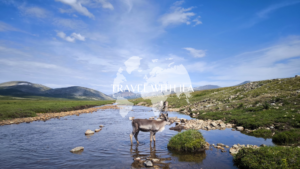

Traveling with Respect: How to Visit the Tsaatan Responsibly
If you wish to experience life with the Tsaatan, it is crucial to do so with awareness and respect:
✅ Book through local guides who work directly with the community.
✅ Respect their cultural norms: do not enter their tents without permission, do not disturb the reindeer, and avoid offering food unless invited.
✅ Be self-sufficient: bring your own water and food to avoid using their limited resources.
✅ Leave no trace: take all your waste with you and follow responsible tourism practices.
A Life-Changing Experience
Visiting the Tsaatan was one of the most profound experiences of my journey through Mongolia. Observing a people who live in complete harmony with nature, far from the noise and rush of modern life, is something that leaves an unforgettable mark.

